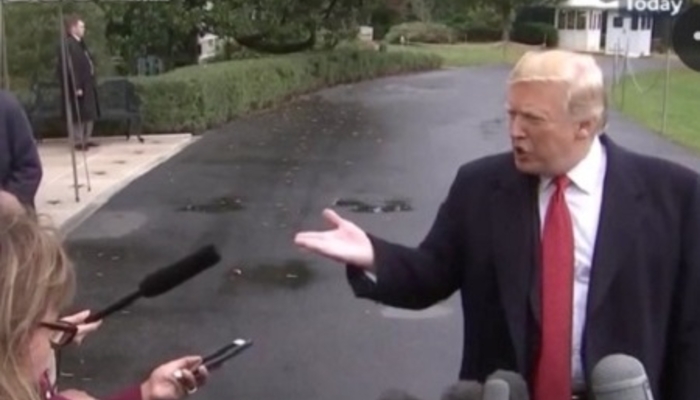


Fearmongering about tariffs by media and market analysts proved unfounded in August as producer prices dipped, a monthly report by the U.S. Bureau of Labor Statistics (BLS) released Wednesday reveals.
While analysts predicted that BLS’s Producer Price Index (PPI) would rise 0.3% (seasonally adjusted) from July, it actually fell 0.1%. August’s lower PPI represents a sharp reversal from July’s 0.7% increase.
The price of final demand for services declined 0.2%, the largest monthly drop since it fell 0.3% in April, boding well for the prospect that the Federal Reserve will lower interest rates at September’s meeting. The August decrease can be traced to a 1.7% drop in the margins received by producers for final demand trade services.
Over the past 12 months, the PPI increased 2.6%, more than the Federal Reserve’s target annual inflation rate of 2.0%.
Prices for unprocessed goods for intermediate demand declined 1.1% in August following a 2.3% rise in July.
Prices for final demand energy declined 0.4%. Over three quarters of the broad-based decrease is attributable to the index for unprocessed energy materials, which dropped 2.5%.
The Producer Price Index (PPI) of the Bureau of Labor Statistics (BLS) is a family of indexes that measures the average change over time in prices received (price changes) by producers for domestically produced goods, services, and construction.
PPI measures price change from the perspective of the seller. In contrast, the Consumer Price Index (CPI) measures price changes from the purchaser's perspective. The BLS will release its CPI for August on Thursday, September 11.
Ever since President Donald Trump instituted reciprocal tariffs in April, media have been insisting that a tariff-driven surge in inflation is imminent. On August 27, for example, a headline by Fortune magazine warned that “Investors are ignoring the coming wave of tariff-driven inflation.”
